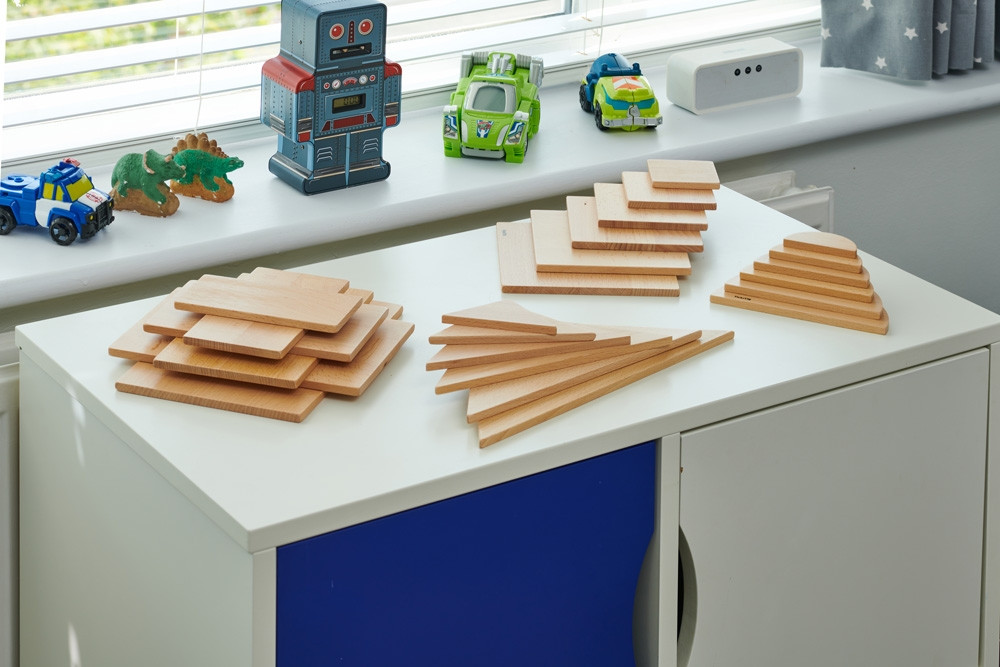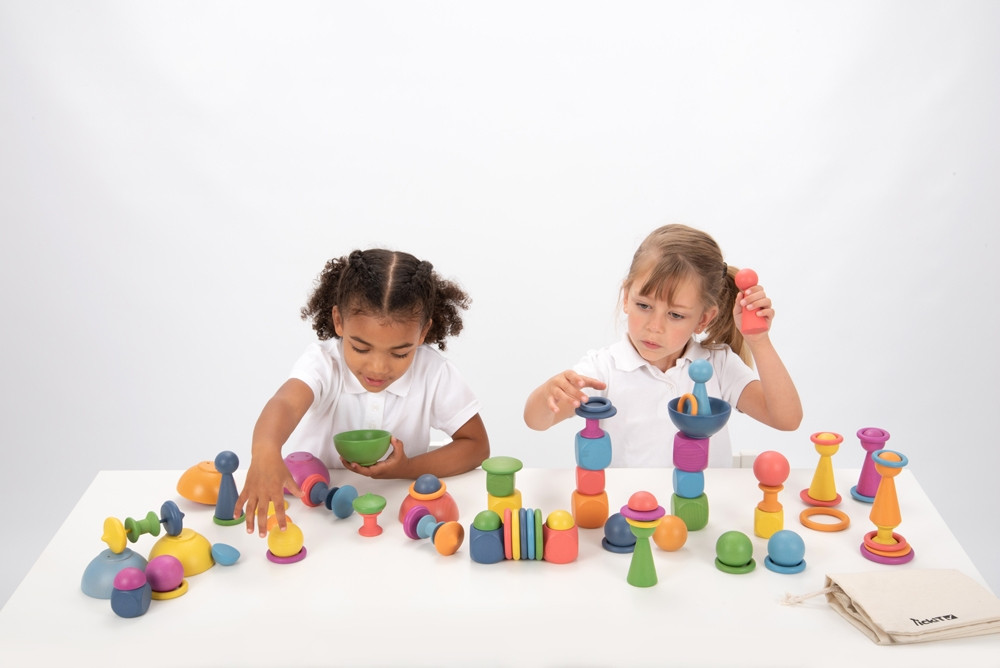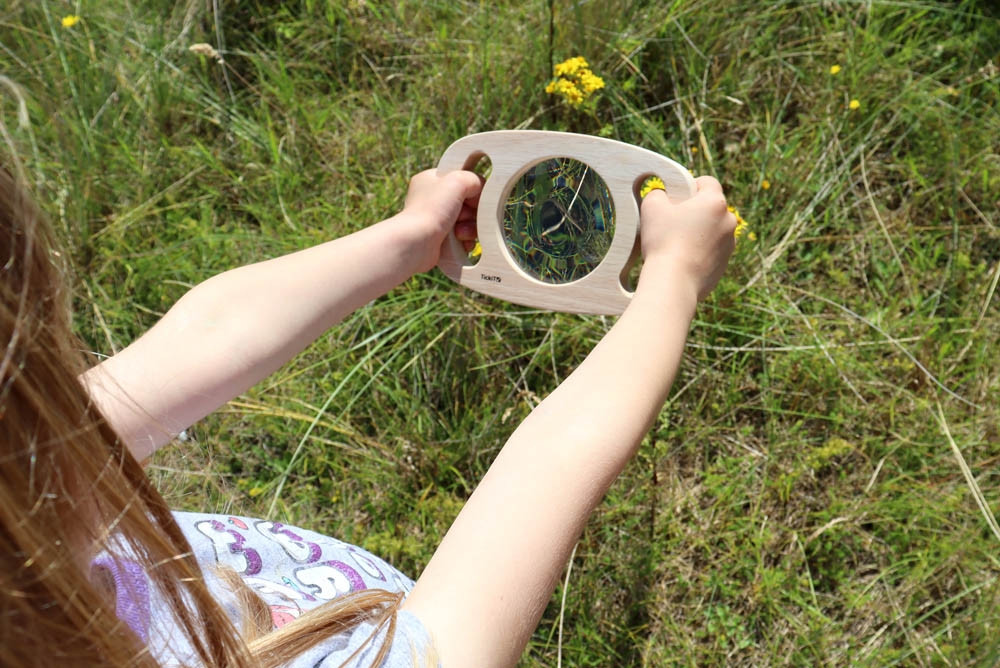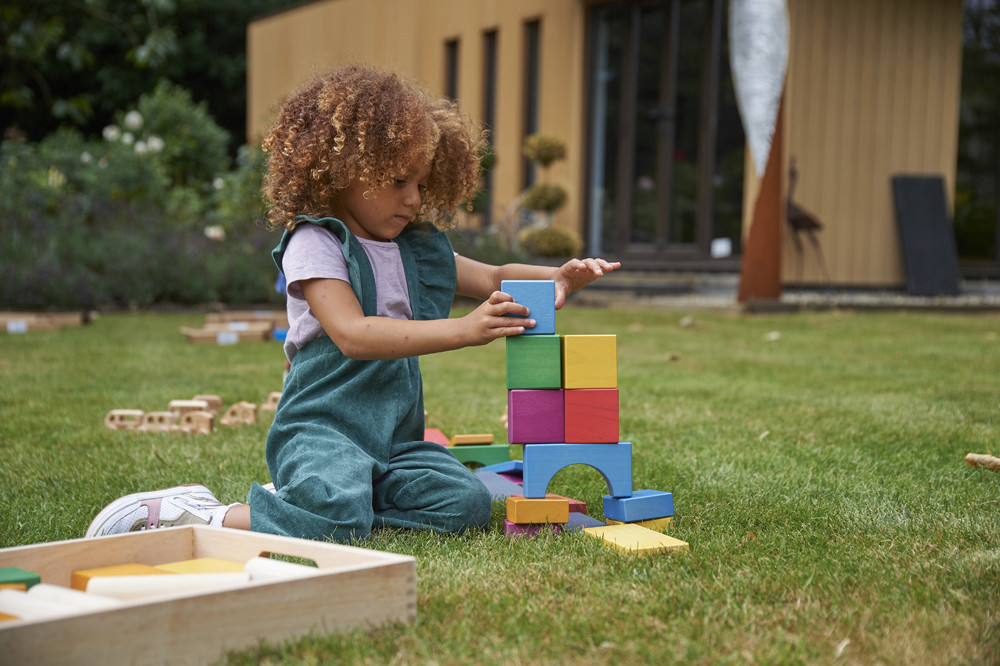The term inquiry-based learning was introduced in the 1960’s following many years of educational research to inform this practice. Inquiry-based learning allows people to explore new ideas, ask questions and perform research. It is more recently a buzz word for primary schools wishing to allow their pupils the opportunity to tailor their learning to their personal interests and learning style, albeit with some level of direction from a teacher. However, this model of learning is ingrained in humans from birth. Babies and toddlers choose what they want to play with and how they play with it.
Most, I am sure, have witnessed the giving of a beautiful plush teddy for it to be instantly put in a child’s mouth and made all soggy. This is because the child is in an important developmental phase where they learn about shape, texture, and taste. Babies don’t do this because they see their carer do it. They do it because they are learning through inquiry.
For this approach to learning to continue throughout early childhood and into their school years (research suggests that between 2 and 7 years is the age at which we learn the most), there needs be an abundance of resources for pupils to have access to and the opportunity to explore.
Consider a young child making connections between combining smaller objects to create a larger object, an area of learning that we understand as construction. If the resources available are limited to pieces that connect and are the held together in place, such as Lego, Polydron or Mobilo, the child’s development, their ideas and imagination, are limited to constructing objects which require little need for manipulating space through spatial awareness and calculating and creating balance. Of course, there is a need for said resources, but that is the point, there is a need for many different types of resources, just for the developmental area of construction. Without having different resources on offer, a setting cannot honestly say they are offering inquiry-based learning, because the learning is being directed by the resources available to use.
So, whilst it sounds expensive, and somewhat greedy, if an educational setting is to provide a high quality of education, which is one of the four key judgements of Ofsted, they need to provide high quality resources. Long gone are the days when classroom have construction corners and all construction happens in that space. Or home corners, where children can play home makers. Instead, these games, or areas of learning, are happening all over the place, and often with resources which adults might not consider suitable. (We’ve all seen a banana used as a phone!)
Written by Rachel Comfort, Primary School Teacher and mother of two.
Rachel's top ten TickiT resoures to support inquiry-based-learning are:




